Gayer Anderson was in the Royal Army Medical Corps when he first came to Egypt during the British occupation in 1907. He was fascinated by the buildings’ architecture, especially Islamic houses.
He used to roam the streets and look admiringly at those houses, which were rich in wooden mashrabiyas. His admiration made him decide to live in one of them. In 1924 he retired and stayed in Cairo.
He chose the two houses near the Ahmed Ibn Tulun Mosque (884 AD) in Sayeda Zeinab district after the Comité de Conservation des Monuments de l’Art Arabe restored them and linked them with a walkway by their upper floors.
In 1935, Anderson asked the Comité to let him rent both houses, promising to furnish them in Islamic-Egyptian style and showcase his archaeological and fine art collection in them.
He lived there until 1942, and returned to Britain because of poor health. He handed two houses and their contents over to the Egyptian government, who converted them into a museum bearing his name.
Anderson was also doctor to King Farouk, who bestowed upon him the title of Pasha in 1942.
“The history of the two limestone houses before Anderson lived there dates back to the Ottoman period. The first house (left of the entrance) was built by Abdel Qader al-Haddad in 1540. This house was later named ‘Amna bint Salem’, the last resident,” Mervat Ezzat, Director General of Gayer Anderson Museum, told the Egyptian Mail.
She added that the second house was built by Hajj Mohamed Al-Gazzar in 1631 and it was known as ‘House of Al-Kiritliya’ referring to the last resident who was a Cretan woman.
“The Gayer Anderson Museum is regarded as a miniature museum of a global civilisation,” Ezzat said.
The entrance to the Al-Kiritliya house is the main entrance to the museum, which leads to an open courtyard with a fountain in the middle.
The visitor goes up to the summer hall, or salamlek (men’s quarters ) which overlooks the courtyard, as does the haramlek (women’s quarters) through wooden mashrabiyas.
On the upper floor there is the Indian Hall, furnished with tables and chairs adorned with animal designs in bas-relief, adjoins the roof, where Anderson used to entertain guests. Here you will see a marble sundial made in 1813, a timber screen surround to block out the view of neighbouring houses, and mashrabiyas decorated with floral, geometric motifs and the Arabic words La Elah Ella Allah, Mohamed Rasoulul Allah (There is no God but Allah… Mohamed is His Prophet).
Visitors might feel this place looks familiar: the roof was used for the James Bond film “The Spy Who Loved Me”.
The roof walls display decorations such as a Mazwalah or sundial made of tiles. It was used in the past to show the prayer times. There is also an old set of water taps. Next to the walls there are big containers to keep food, oil and other supplies.
Leading off the roof area is the Persian hall, which served as Anderson’s bedroom.
The Amina bint Salem house is accessed through the small Byzantine room, where a group of oil paintings associated with the Christian religion are displayed.
In the Turkish salon are seats topped by the Sultan’s crown. The next room is home to the Queen Anne style furniture, after Britain’s Queen Anne (1665-1714).
The pharaonic chamber includes stones, marble, pottery, wood, statues, and a group of canopic utensils. The door to the room is decorated on both sides with veneers from a pharaoh’s coffin.
The walls of the Damascus room are covered with panels from the Al-Azm Pasha Palace in Damascus.
The Harem hall is divided into two parts, one part called the outer harem, and another part can be reached through a long corridor called the inner harem, and along this corridor women used to sit to see what is going on in the Ceremonies hall through the windows.
The Ceremonies hall is divided into two large iwans, between them a fountain with a mosaic floor of marble.
Another nearby hall displays eastern and western musical instruments, including a bizarre one in the shape of a crocodile from the Far East.
The hall leads to the rectangular open courtyard. It is surrounded by a number of rooms like the bridal room, which displays daily belongings for the adornment of brides and women in general.
Of the interesting features in the museum are its many bunkers.
“The caches in the floors and walls had different uses such as protecting women during raids on the house and hiding valuables in them away from the hands of thieves,” Ezzat said.
The Gayer Anderson Museum is open daily from 9:00am to 3:00pm. Tickets are available at the entrance.
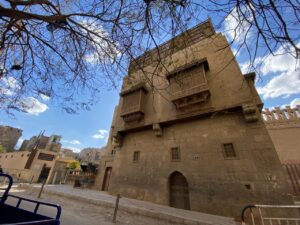
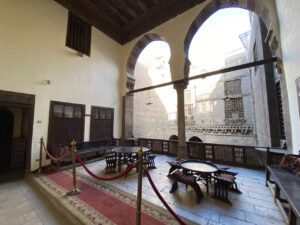
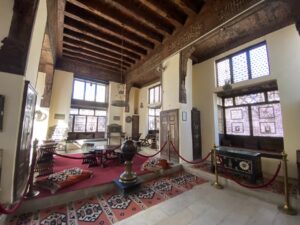
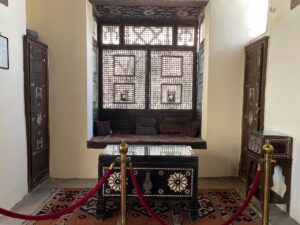
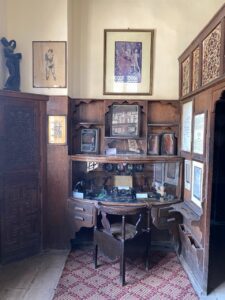
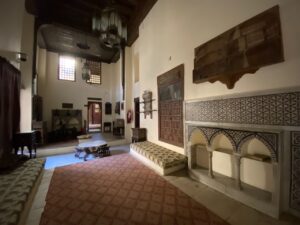
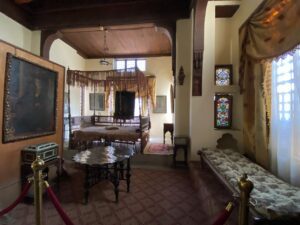
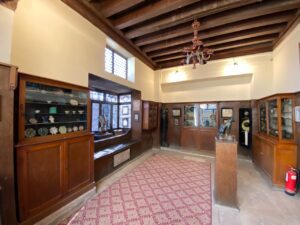

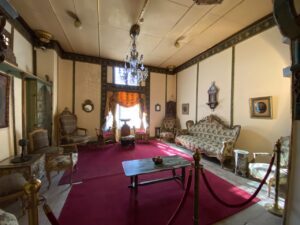
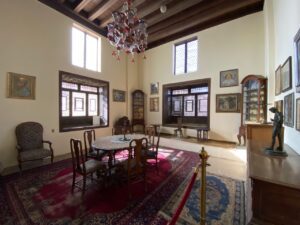
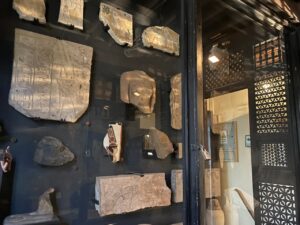

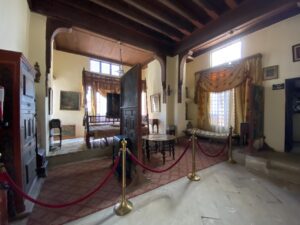
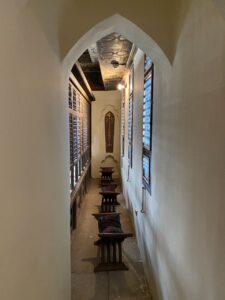

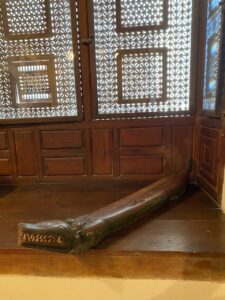




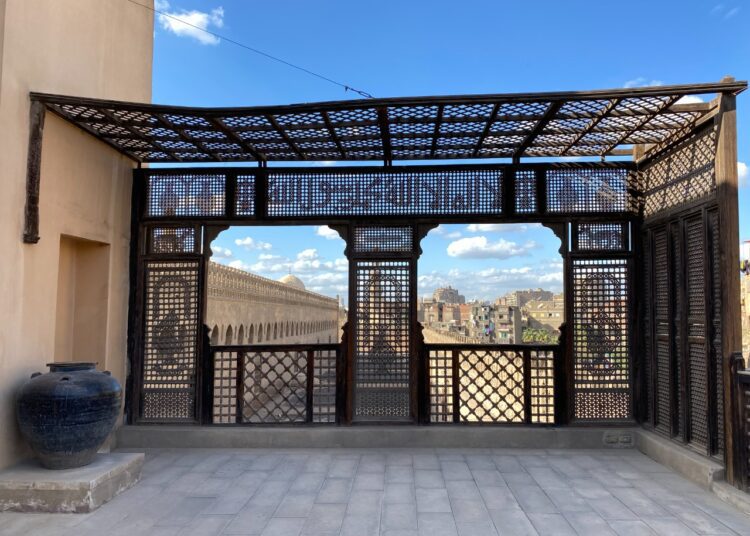


Discussion about this post